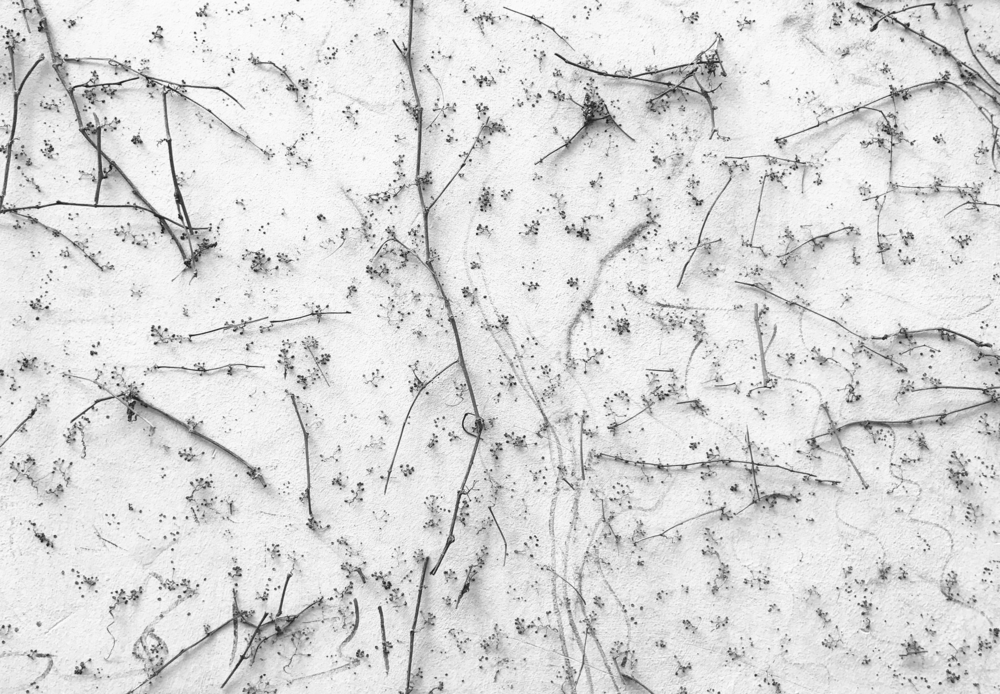Rethinking the Animate
Excerpts from "Rethinking the Animate, Re-Animating Thought" by Tim Ingold
We are dealing here not with a way of believing about the world but with a condition of being in it. This could be described as a condition of being alive to the world, characterised by a heightened sensitivity and responsiveness, in perception and action, to an environment that is always in flux, never the same from one moment to the next. Animacy, then, is not a property of persons imaginatively projected onto the things with which they perceive themselves to be surrounded. Rather it is the dynamic, transformative potential of the entire field of relations within which beings of all kinds, more or less person-like or thing-like, continually and reciprocally bring one another into existence. The animacy of the lifeworld, in short, is not the result of an infusion of spirit into substance, or of agency into materiality, but is rather ontologically prior to their differentiation.
[…]
The conditions that enable scientists to know, at least according to official protocols, are such as to make it impossible for scientists to be in the very world of which they seek knowledge. Yet all science depends on observation, and all observation depends on participation — that is, on a close coupling, in perception and action, between the observer and those aspects of the world that are the focus of attention. If science is to be a coherent knowledge practice, it must be rebuilt on the foundation of openness rather than closure, engagement rather than detachment. And this means regaining the sense of astonishment that is so conspicuous by its absence from contemporary scientific work. Knowing must be reconnected with being, epistemology with ontology, thought with life.
Dust and Shadow Reader Vol. 2. Previous: haunted landscapes. Next: magic and machine

